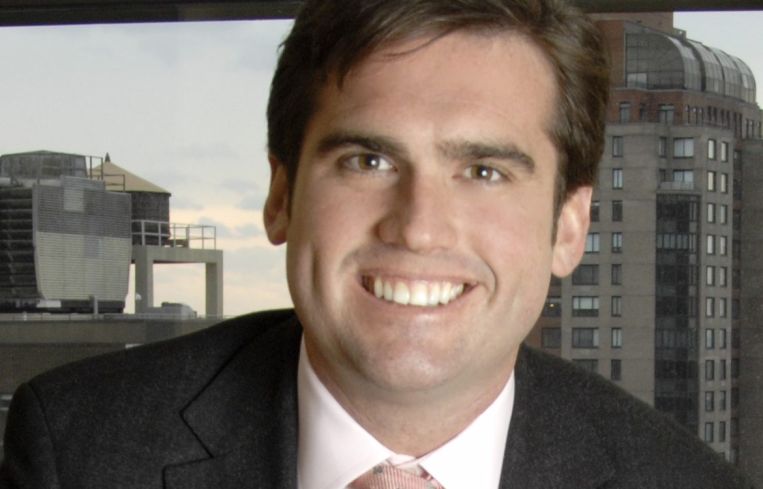Building the Future of the Construction Industry
By Bill Gilbane III October 6, 2016 11:00 am
reprints
As a professional service industry, construction is dependent on employing skilled people to successfully deliver projects. The industry continues to help fuel New York’s economic growth and staffing remains one of the toughest challenges construction companies face. The steady decline of enrollment in the construction and engineering fields, the impact of the 2008 financial crisis, which drove nearly 30 percent of skilled construction workers into new fields, and the impact of the aging of the statewide industry as a whole, are just a few of the reasons these staffing challenges exist. The U.S. Bureau of Labor Statistics has predicted that the construction industry will need 1.6 million new workers nationwide by 2022. And in New York, it has been reported that around 40 percent of the statewide industry will reach retirement age within two years. What we do now will help us address that gap in the future so we are prepared to support the continuous growth of construction.
We, as an industry, need to address this challenge by investing in programs that develop talent and create meaningful experiences for young people wanting to expand their horizons and advance their careers.
Fortunately, many industry leaders have joined forces in supporting programs such as the ACE Mentor Program of America, which helps high school students pursue careers in design and construction through industry exposure and real-world learning environments on worksites.
More than 1,000 students participated in ACE in the Greater New York area last year (including more than 430 female students) and their feedback demonstrated the value of these programs. Among the participants, 92 percent said they gained knowledge and skills not taught in their high schools, and 96 percent said their ACE experience provided useful information that could lead to future careers in the design and construction industry. On top of that, ACE awarded more than $200,000 in scholarships to students pursuing careers in this field.
But we must still do more to bring young people onboard and keep them long term. In order to meet future demand, we need to develop the pool of workers in our industry now. Developing the skills of younger professionals helps create our leaders of the future.
That is why we launched a two-year Management Candidate Acceleration Program (MCAP). The MCAP program allows younger employees to gain first-hand experience in each department at Gilbane Building Company and once they’ve completed the program, participants are prepared to step up into those roles full time—and their paths often lead to project or executive management.
This is essential to ensuring current young professionals become our next generation of leaders. It also supports our long-term employees on a path to continuous improvement. By providing technical and educational programs, we help our staff learn new skills to support their current roles and develop their leadership abilities.
Alongside those efforts, one of the best ways to develop and engage young talent is through access to experienced company professionals. Our Executive Exchange Program brings together leaders from across Gilbane for a two-day event that provides opportunities for direct interactions. This program focuses specifically on career development and offers practical advice to young professionals.
We focus our energy on a strong employee value proposition, coupled with a company culture that supports ongoing learning and development, as well as the tools and resources to guide career paths. With 171 percent revenue growth in the past year, the Gilbane New York team has increased to 381 people from 264, demonstrating the importance and value of a strong people strategy. Of course, a successful culture not only retains younger talent but also supports the satisfaction of employees that are further advanced in their careers.
We know that the cost of retaining existing talent is significantly lower than recruiting new employees, which emphasizes the need to get creative with retention strategies. In fact, research suggests that replacing an employee can cost anywhere up to 213 percent of an employee’s salary, depending on their level of seniority.
There is a simple reason why creative attraction and retention initiatives are effective: They provide real value to employees. Whether we’re talking about enthusiastic high school students, college graduates, entry-level workers or long-term talent, the drive is always there—and it is our responsibility to embrace that by providing a solid path to success so that we can support the future of the construction industry.


